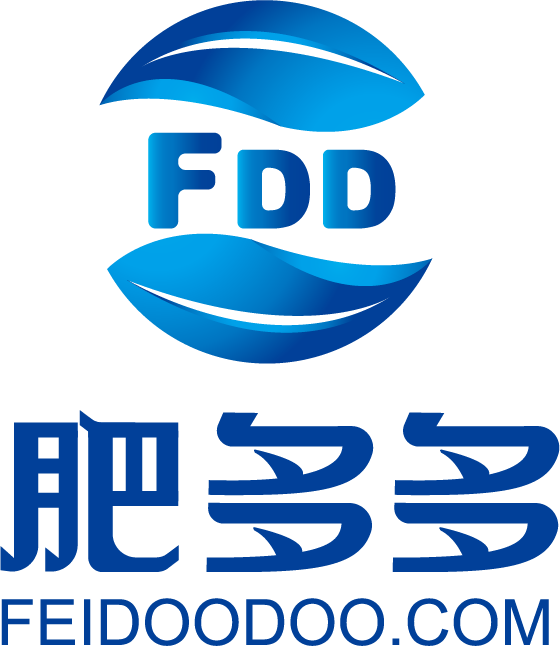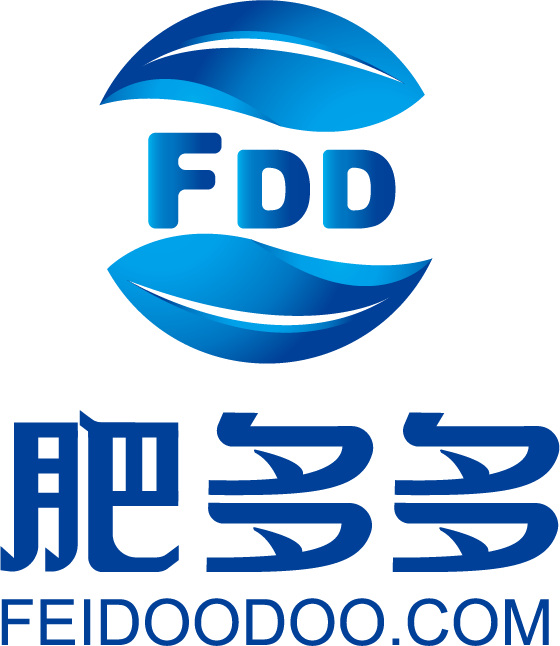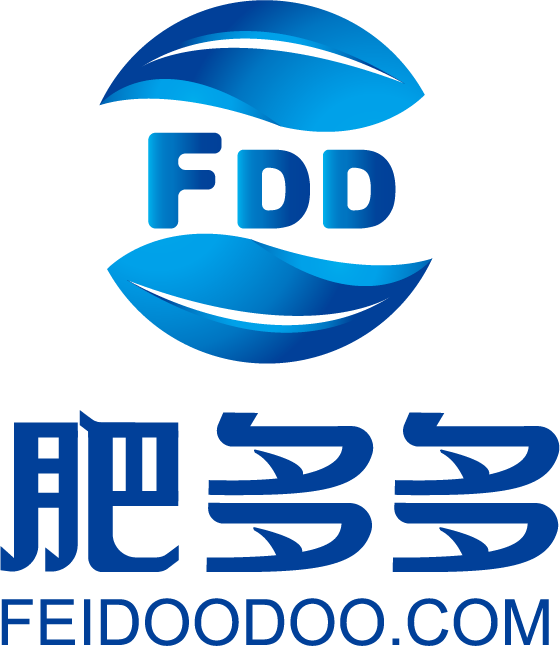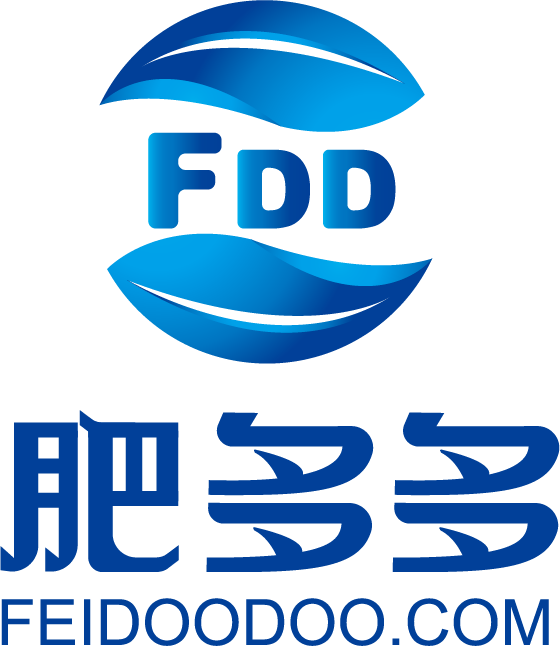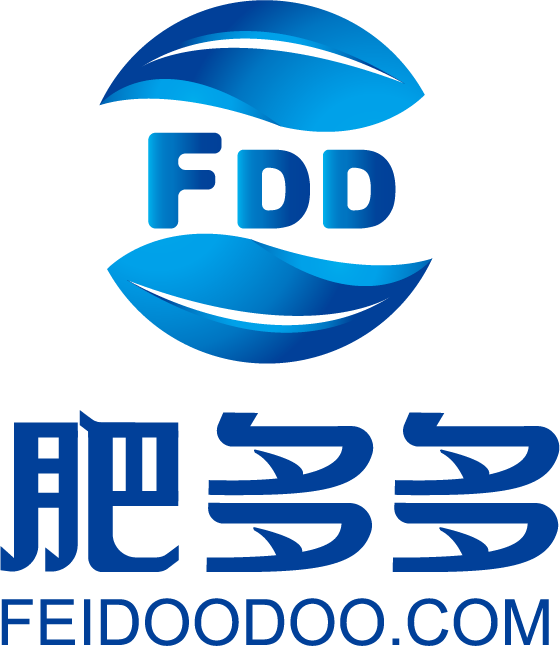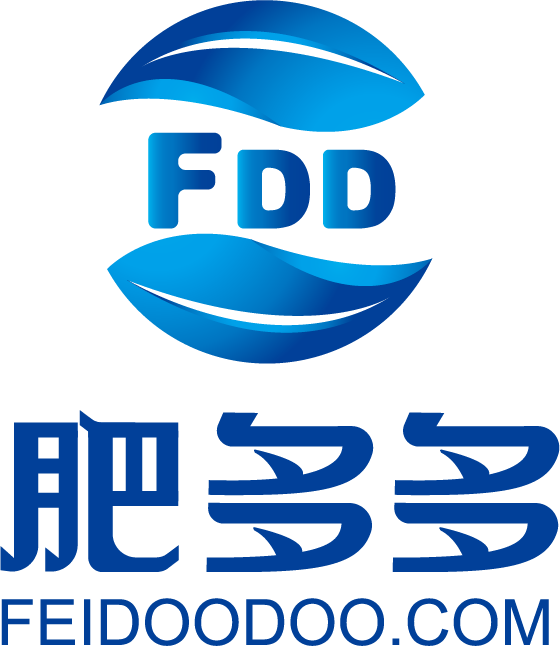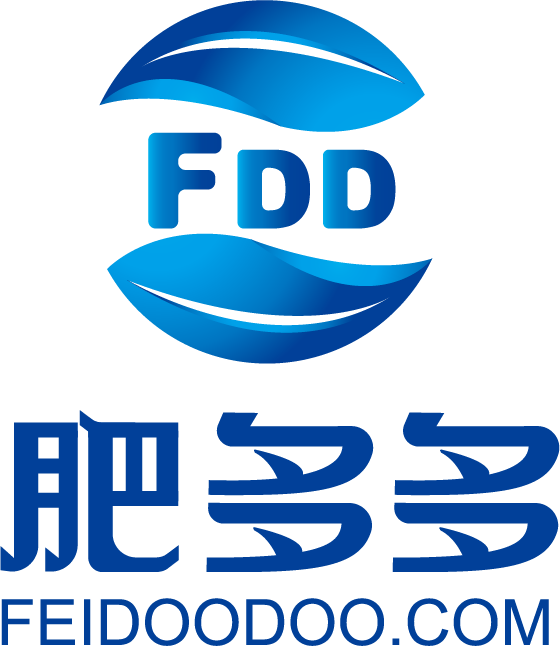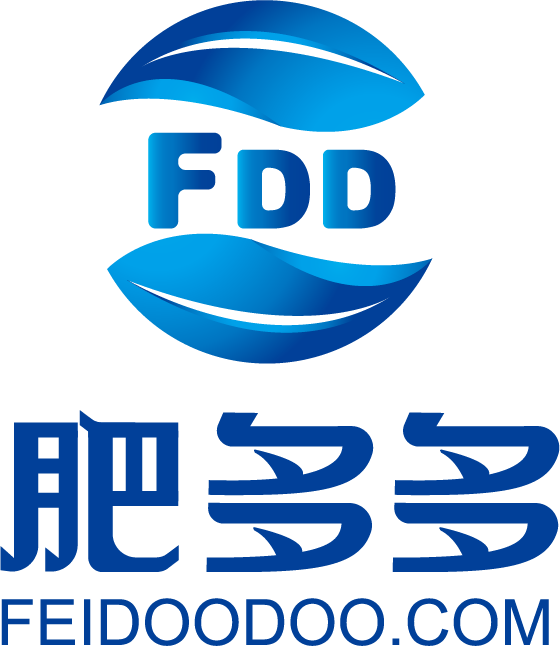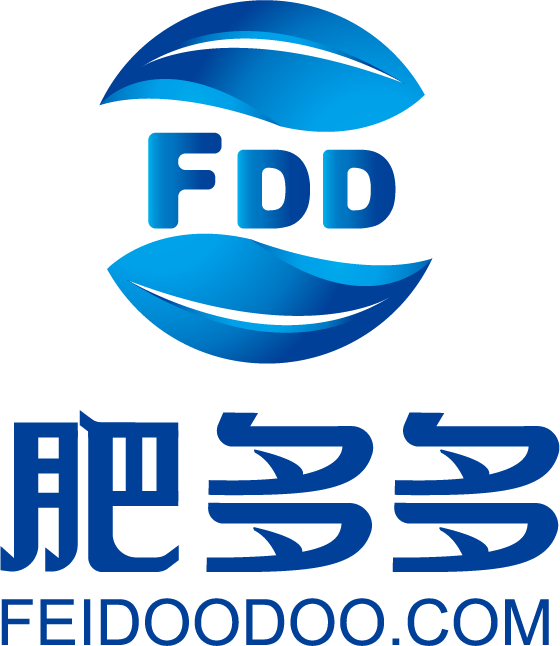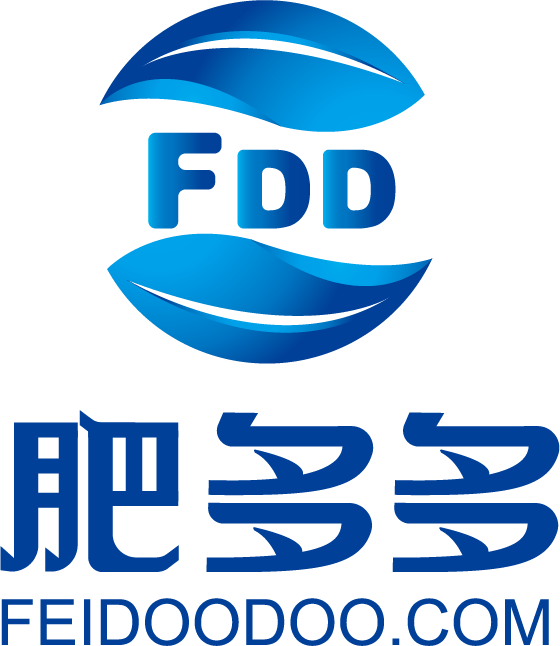- The domestic urea market experienced a slight decrease in demand leading to price fluctuations. While the price index for small granule urea slightly decreased, futures also showed a downward trend. Different regions across the country experienced varying degrees of price stability and decline. The market forecast suggests a potential for fluctuating prices, influenced by both supply advantages and bearish demand, with the latter leading the market into a wait-and-see mode.
- Domestic phosphate fertilizer prices remain strong, driven by robust cost-end prices. Monoammonium Phosphate (MAP) prices showed an increase in the powdered 55% index while maintaining stability in other categories. Diammonium Phosphate (DAP) prices remained stable across various indices. A combination of halted quoting by many companies, the continuation of high upstream costs, active downstream procurement, and international demand, especially from Bangladesh, are contributing to the sustained high prices in the phosphate fertilizer market.
- The domestic urea market shows a declining price trend, influenced by reduced demand both domestically and internationally. As per Feidoodoo data, there's a noticeable decrease in the urea small granule price index. The futures market also witnessed fluctuations, and several regions in China have adjusted their urea prices accordingly. The market forecast suggests fluctuations in the urea market due to the high price resistance and reduced demand.
- The phosphate fertilizer market witnesses an uptrend in prices due to high upstream costs and persistent downstream demand. Both monoammonium and diammonium phosphates maintain high market prices. This week's data from Feidoodoo indicates bullish sentiment among manufacturers and traders, with expectations for prices to remain high in the coming week. The domestic production rates for both types of phosphates are notable, especially when compared to the previous year. Port inventories, on the other hand, have seen a decrease both weekly and annually.
- This week, domestic urea prices continued to rise due to various factors including a coal accident in Jincheng, Shanxi and environmental regulations. Market supply has tightened, primarily due to maintenance activities by most companies. Compound fertilizer remains in demand with the upcoming autumn season. The melamine market remains strong with prices expected to continue their high run. International prices for urea show mixed trends. The overall outlook suggests a tight urea supply, a slight increase in company inventory, and a slow follow-up in agricultural market demand.
- The domestic monoammonium phosphate price slightly increased on August 24th, with most companies suspending quotations and processing pre-received orders, maintaining high prices due to strong raw material costs and an optimistic market atmosphere. Meanwhile, the price of diammonium phosphate slightly decreased, influenced by previous consecutive price hikes, with a current market supply shortage. It's expected that both monoammonium and diammonium phosphate prices will remain high in the near future.
- The urea price index on August 24th increased by 1.2% month-on-month. Influenced by recent coal accidents and reduced production in Shanxi Jincheng, urea supply is tight. With strong domestic demand due to the high operation rate of the compound fertilizer market and fertilizer requirements for crops, combined with fluctuating international prices, the urea futures and spot market showed an upward trend. It's predicted that the urea market is more inclined to rise in the short term.
- The daily review of phosphate fertilizer highlights that many companies are suspending quotations, resulting in stable phosphate fertilizer prices. Data from FertilizerPlus shows that both MAP and DAP indices remain stable on August 23rd. While the price of synthetic ammonia continues to rise, influencing MAP costs, domestic export order volumes for MAP have increased. On the DAP front, companies are primarily executing previous orders, with low inventories and firm trader quotations. Given the strong demand and tight supply in the DAP market, prices are expected to maintain their high levels.
- The domestic urea market has seen a significant price increase due to production limitations in Jincheng, Shanxi. Data indicates a rise in the urea price index, while the futures market also reflects a positive trend. The spot market analysis reveals a surge in prices across various regions. Factors such as environmental regulations, increased agricultural demand, and coal price fluctuations influence the market. In the short term, the urea market is expected to trend upwards.
- This analysis focuses on the autumn compound fertilizer market trends. Despite a 2023 pattern of initial stability followed by declines, recent dynamics show an upward shift due to global factors like conflicts and weather disruptions. These influences have also impacted raw material costs, affecting compound fertilizer prices. However, supply shortages and production limitations due to raw material balance have created scarcity and led to price increases. Consequently, the likelihood of price reductions in the coming months is low. The compound fertilizer market is expected to remain steady or experience moderate increases, navigating challenges during the peak demand season.
- In this daily report on the urea market, it is observed that domestic urea prices have experienced a slight decline after recent increases. The urea price index shows marginal fluctuations, with regional variations across different areas of China. Factors such as production rates, inventory levels, and maintenance activities at manufacturing facilities impact the supply side. Meanwhile, the demand side is influenced by the upcoming peak season for compound fertilizer production. Although the positive effects of recent developments in the Indian tendering process have diminished, the supply-demand balance remains favorable. The report suggests that while the market is transitioning towards a weaker phase, slight fluctuations are expected in the short term due to ongoing supply and demand dynamics. Keeping an eye on the purchasing trends in the compound fertilizer sector is recommended for a comprehensive understanding of the market's trajectory.
- The domestic phosphate fertilizer market continues to show favorable conditions, with prices on the rise. According to Feiduoduo data, MAP and DAP indices have shown varying trends, with some increasing and others remaining stable. The demand for both MAP and DAP remains strong, with manufacturers pausing their quotations and order acceptance due to high demand. Given the current favorable conditions in the phosphate fertilizer market, prices are expected to remain high in the short term.
- The domestic urea market price showed a decline, influenced by India's previous bidding, causing the price to surge. With the market's resistance sentiment emerging, prices in various regions have experienced fluctuations. Despite recent device overhauls by enterprises leading to lower daily production, the market still has some favorable factors. The future urea market is expected to fluctuate, with attention needed on domestic factory purchasing sentiments and foreign market price trends.
- The phosphate fertilizer market has seen a continuous rise in prices this week. According to Fertilizer Plus data, both Monoammonium Phosphate (MAP) and Diammonium Phosphate (DAP) experienced price increases. Many companies have suspended taking orders, with some halting production for maintenance, leading to a tight market supply. The MAP and DAP markets are both bullish, with traders showing reluctance to sell. The operating rates of both MAP and DAP industries have shown varied changes, with production levels also fluctuating. Port inventories for both fertilizers have seen shifts, with MAP inventory decreasing year-on-year and DAP inventory also showing a decline.
- The domestic urea market saw a price rise this week, influenced by Indian standards. There's a supply-demand imbalance with prices increasing across China. Urea production has varied changes, and inventory levels are growing. The compound fertilizer and melamine sectors also experienced shifts. Internationally, urea FOB prices adjusted, and the market outlook indicates a tighter supply due to equipment issues, with a focus on exports.
- Mall
- Supermarket
- Supplier
- Integrated logistics
- Warehousing
- Transaction Services
- Expo Services


